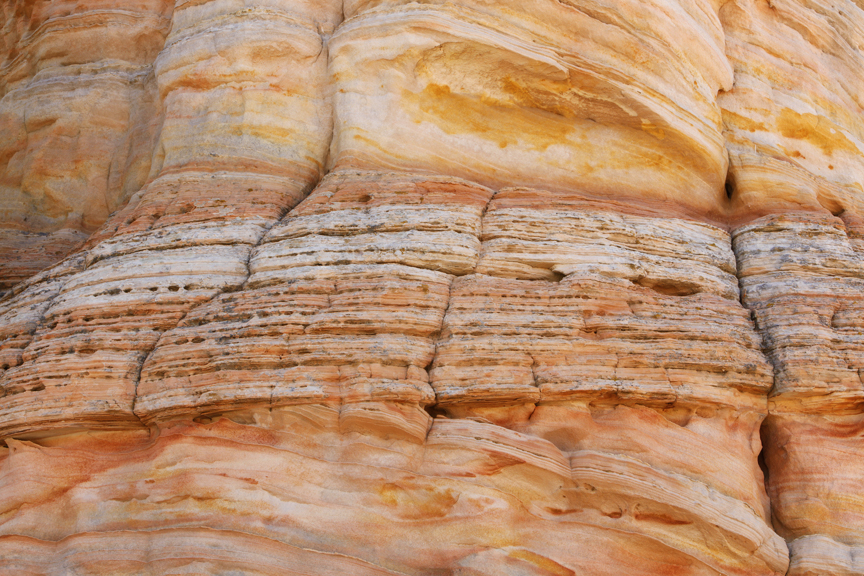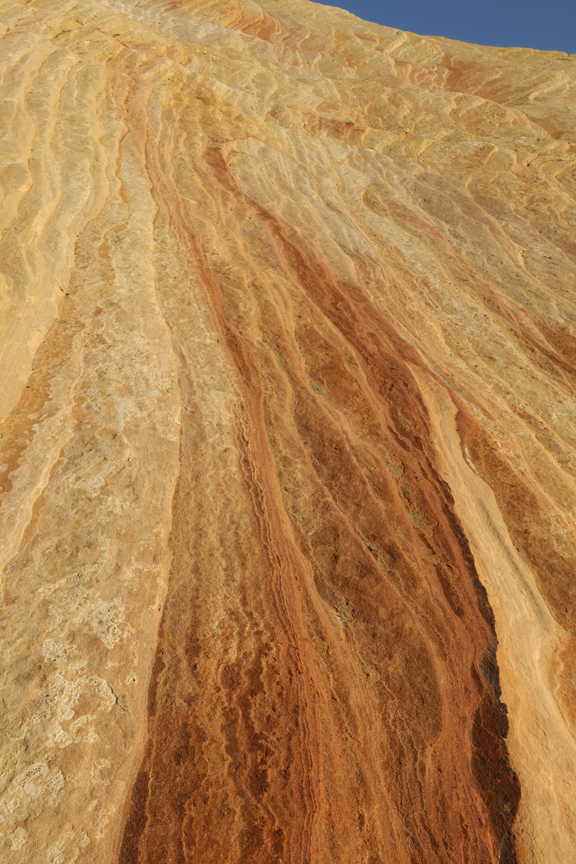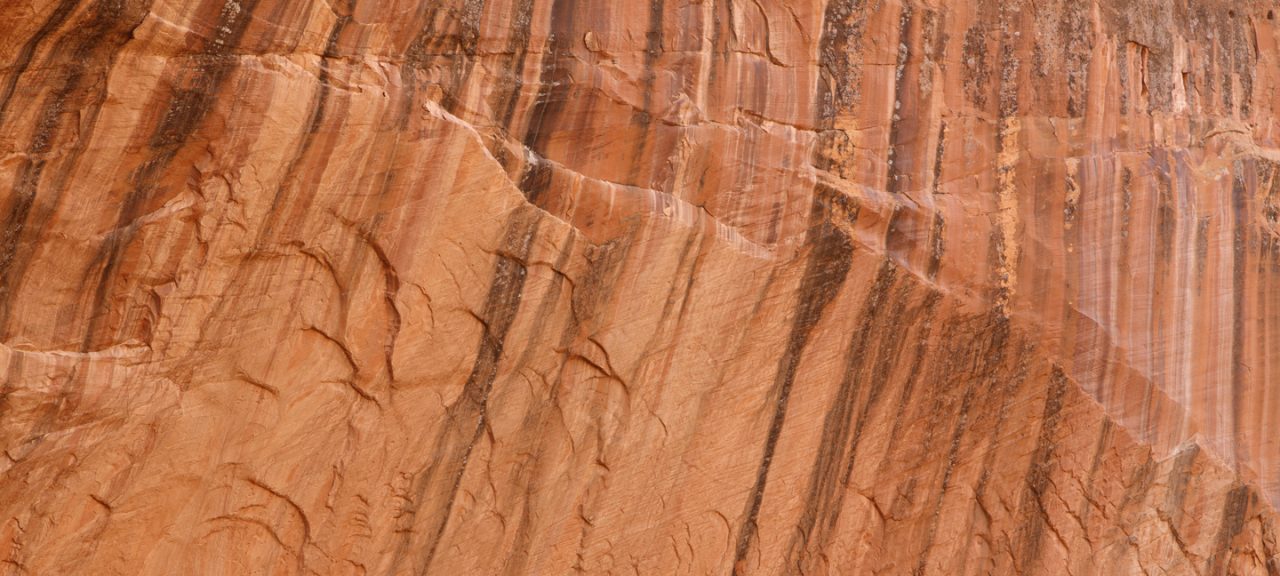
“Walls of Color”
Vermilion Cliffs National Monument
My guide kept urging me to not take too much time as I photographed the colorful landscape around me. He wanted to make sure we made it to the “Wall of Color” while the light was still good. Each time we stopped, I would work quickly to find, compose, and shoot some images knowing I would soon hear, “Time to move on to get to the wall of color.” “What? That wasn’t the wall?” I would ask. Although he had a specific location in mind, it soon became apparent to me there were many “Walls of Color.”
I spent a good portion of April finishing my trip from last spring that had been cut short by the pandemic. Southern Utah has one of the largest concentrations of National Parks, Monuments, State Parks, and other natural areas in the United States. It offers an abundant supply of locations to explore and photograph. While I did visit each of the five National Parks found in this area during this trip, over half my time was spent in lesser known areas.
Even though similarities exist between different locations, each has its own unique features, formations, colors, and geology. The areas that are more remote and difficult to travel to still contain unfound photographic opportunities. Along the challenging 4×4 road to Soap Creek Canyon in Vermilion Cliffs National Monument, you will find solitude and plenty of subjects. Almost endless possibilities, for those willing to add a few miles of hiking to wander through the unique geological formations. When traveling off trail, it is important to take plenty of water, a compass, and keep a careful eye on your route and way back. It’s easy to get lost in the maze of formations that can look quite different from the other side.
The day I made this trek, my guide kept urging me to not take too much time as I photographed the colorful landscape around me. He wanted to make sure we made it to the “Wall of Color” while the light was still good. Each time we stopped, I would work quickly to find, compose, and shoot some images knowing I would soon hear, “Time to move on to get to the wall of color.” “What? That wasn’t the wall?” I would think. Although he had a specific location in mind, it soon became apparent to me there were many “Walls of Color” and while his actual Wall was quite dramatic my wall, in this image, was taken at one of the first stops.
 Another one of the lesser known locations is “Yellowrock,” a smooth-sided dome of swirling, multicolored Navajo sandstone with an amazing diversity of colors and textures; yellow is the main hue, but the sandstone is crossed by straight or wavy bands of many shades of red, pink, and white, that create a great variety of patterns. It’s a photographer’s paradise with many photogenic patterns and textures, plus good views over the surrounding canyons and ridges.
Another one of the lesser known locations is “Yellowrock,” a smooth-sided dome of swirling, multicolored Navajo sandstone with an amazing diversity of colors and textures; yellow is the main hue, but the sandstone is crossed by straight or wavy bands of many shades of red, pink, and white, that create a great variety of patterns. It’s a photographer’s paradise with many photogenic patterns and textures, plus good views over the surrounding canyons and ridges.
To get to Yellowrock, travel 14 miles north on Cottonwood Canyon Road from it’s junction with US 89. This unpaved road can be safely traversed by most passenger vehicles during dry conditions. When wet or when rain is possible it should not be driven by even the best equipped off-road vehicle. The mudstone, silt, and shale that make up the road in many sections becomes extremely slick when wet. Even Park cars have been known to slide several feet during rainstorms. Park at the Hackberry trailhead. The unofficial trail leading up to Yellowrock is across the road and Cottonwood Wash about 300 yards south from where you park. It’s a short but steep and strenuous climb up the side of the cliff to the base of Yellowrock.
For something a little less adventurous, check out the area known as “Candyland.” It is just a few miles south of where the paved road ends near Grosvenor Arch on the North side of Cottonwood Canyon Road. You will even find many interesting formations and views right along the roadway.
Almost every area you explore, including the popular and often crowded National Parks, provide a great variety of opportunities to create what I’ve dubbed “Rock Art.” These images can be created during bland lighting times including overcast, when a subject is in shade, or it is being lit by reflected light. These conditions help bring out and saturate the rich colors. Creating strong “Rock Art” images require patience, careful composition, and attention to detail as the variety of colors, lines, textures, and patterns can create a chaotic mess if you don’t spend the time to get it right. A well created image removes the clutter resulting in a simple and dramatic photograph.

“Waterlines”
Capital Reef National Park – Utah
